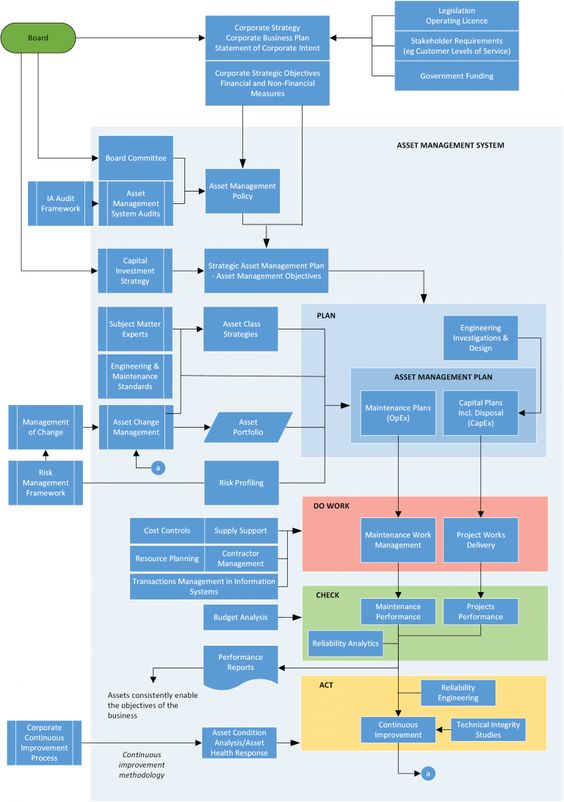Risk management is an essential part of any business or project. It helps to identify, assess, and reduce the risks associated with a given project. A risk management plan outlines the steps to be taken to identify, assess, and manage risks. This article provides an overview of risk management plans, including their purpose, components, and benefits.
What is a Risk Management Plan?
A risk management plan is a document that outlines the steps to be taken to identify, assess, and manage risks associated with a project. It includes a detailed analysis of the potential risks, their likelihood, and the steps that can be taken to prevent or mitigate them. The risk management plan should be tailored to the specific project and should be updated regularly as the project progresses.
Why is a Risk Management Plan Important?
A risk management plan is an important tool for any project. It helps to identify potential risks and to plan for how they will be managed. This can help to ensure that the project is completed on time and on budget, and that the risks are managed in a way that minimizes their impact on the project.
Components of a Risk Management Plan
A risk management plan should include the following components:
1. Risk Identification: Identifying potential risks is the first step in creating a risk management plan. This includes identifying the sources of risk, their potential impact, and the likelihood that they will occur.
2. Risk Assessment: Once the risks have been identified, they must be assessed. This involves analyzing the potential impact of the risks and the likelihood that they will occur.
3. Risk Control: After the risks have been identified and assessed, steps must be taken to control them. This includes developing strategies for mitigating the risks, such as implementing preventive measures or contingency plans.
4. Risk Monitoring: Risk management plans should also include a system for monitoring the risks. This includes regular reviews of the plan to ensure that the risks are being managed effectively.
Benefits of a Risk Management Plan
A risk management plan can provide numerous benefits to a project, including:
1. Improved Efficiency: A risk management plan can help to ensure that the project is completed on time and on budget. By identifying and managing risks, the project team can focus their efforts on the most important tasks.
2. Reduced Costs: By identifying and managing risks, a risk management plan can help to reduce the costs associated with a project. This can include costs associated with delays, rework, and other unexpected expenses.
3. Increased Quality: A risk management plan can help to ensure that the project is completed to a high standard. By identifying and managing risks, the project team can focus their efforts on ensuring that the project meets the required quality standards.
4. Improved Communication: A risk management plan can help to improve communication between the project team and other stakeholders. By identifying and managing risks, the project team can ensure that all stakeholders are aware of the potential risks and how they will be managed.
You might find these FREE courses useful
- Corporate Finance II: Financing Investments and
- Financial Risk Management with R
- Information Systems Auditing, Controls and
Conclusion
Risk management plans are essential for any project. They help to identify, assess, and manage potential risks, which can help to ensure that the project is completed on time and on budget. A risk management plan should include the components outlined above, and can provide numerous benefits to the project.


